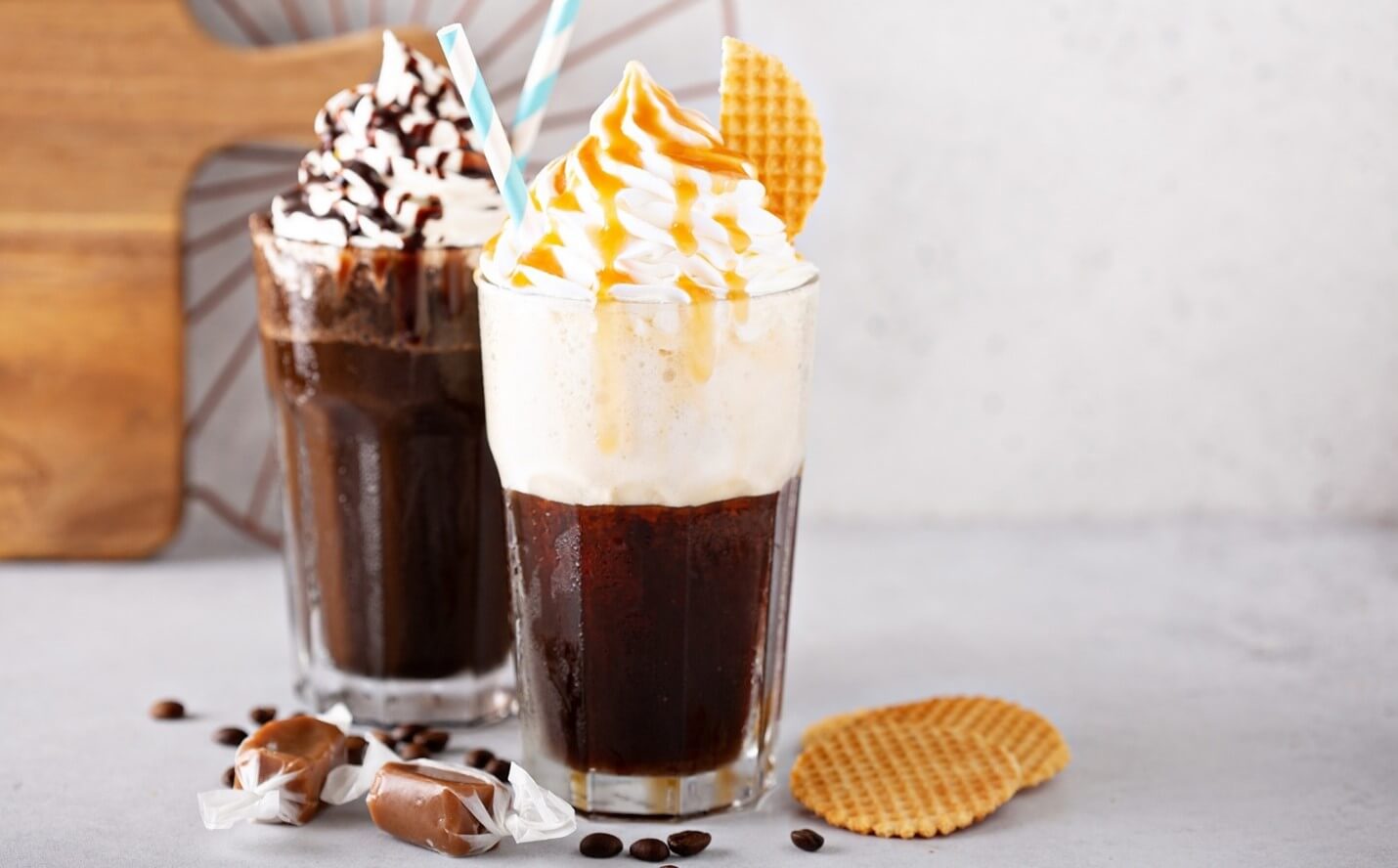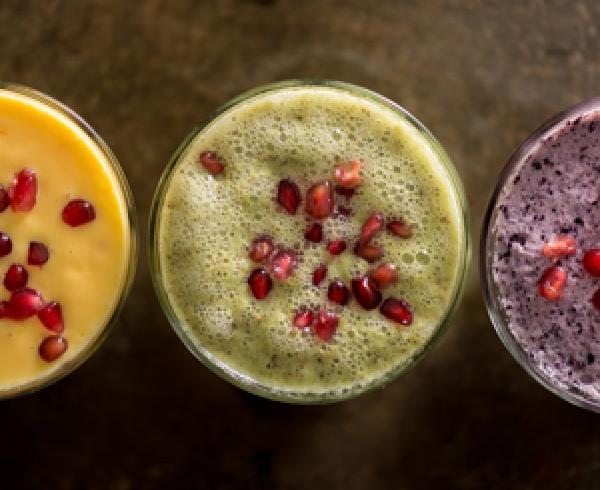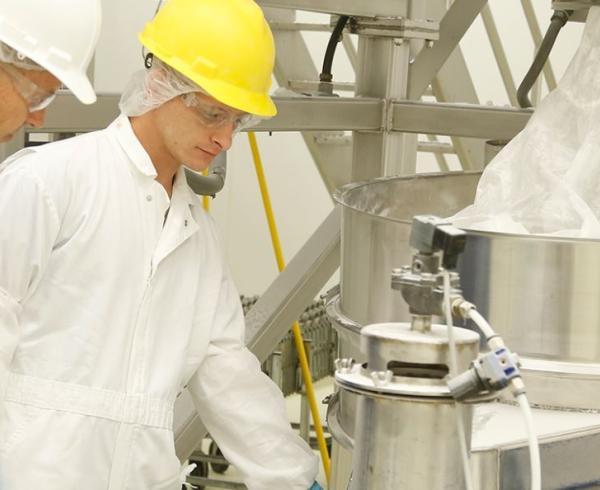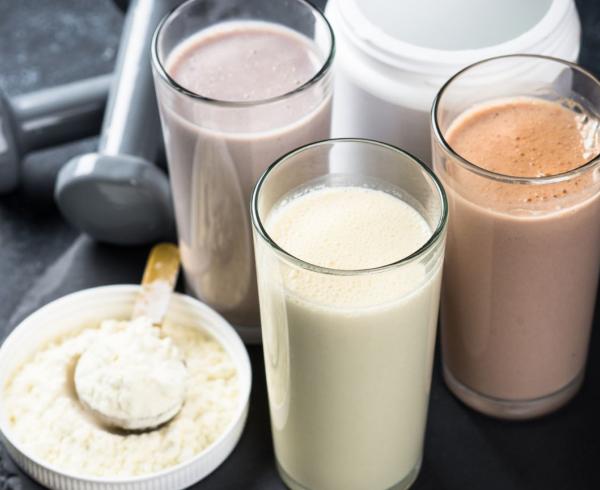2023 Functional Beverage Market Overview and Growth Forecast
The $182.7 billion global functional beverage market is expected to grow 6.4% between 2021 and 2026 to reach $249.5 billion, according to Euromonitor.1 Asia Pacific makes up the largest market for functional beverages, followed by North America, while Latin America (9.5%) and Eastern Europe (9.3%) have the highest growth rate.2
The $50 billion US functional beverage market, which is forecast to grow at a CAGR of 5.8%, accounts for 27% of global sales.3 Energy drinks and sports drinks are the most popular functional beverages in the US, with sales of $18.2 billion and $11.3 billion, respectively.4 The fastest-growing segments, however, are dairy alternative beverages at 9.2% and functional waters at 8.4%.5
“Functionality has been the most important driver to innovation in the non-alcoholic beverages market for years, and consumer demand for drinks with added benefits has only increased during the pandemic.” -Karen Formanski, Health and Nutrition Analyst, Mintel
Top Functional Benefits Consumers Seek in a Beverage
Datassential reports that 80% of US consumers are interested in functional beverages, with 42% very or extremely interested.6 Energy is the attribute the most consumers are interested in (45%), followed by sleep support (40%) and stress reduction (40%).7 Consumers have experienced a variety of day-to-day challenges arising from the COVID pandemic that have brought these needs to the forefront.





